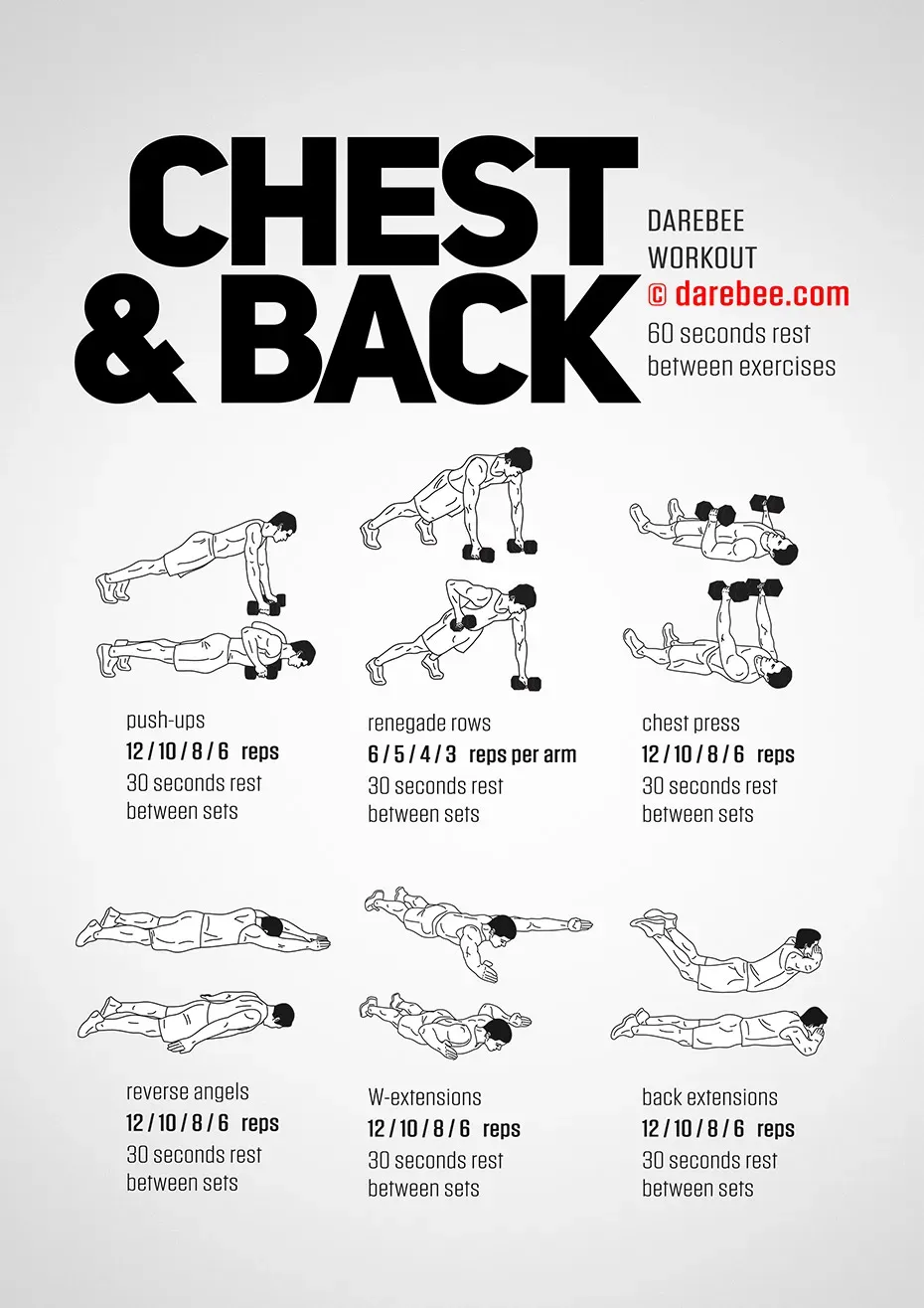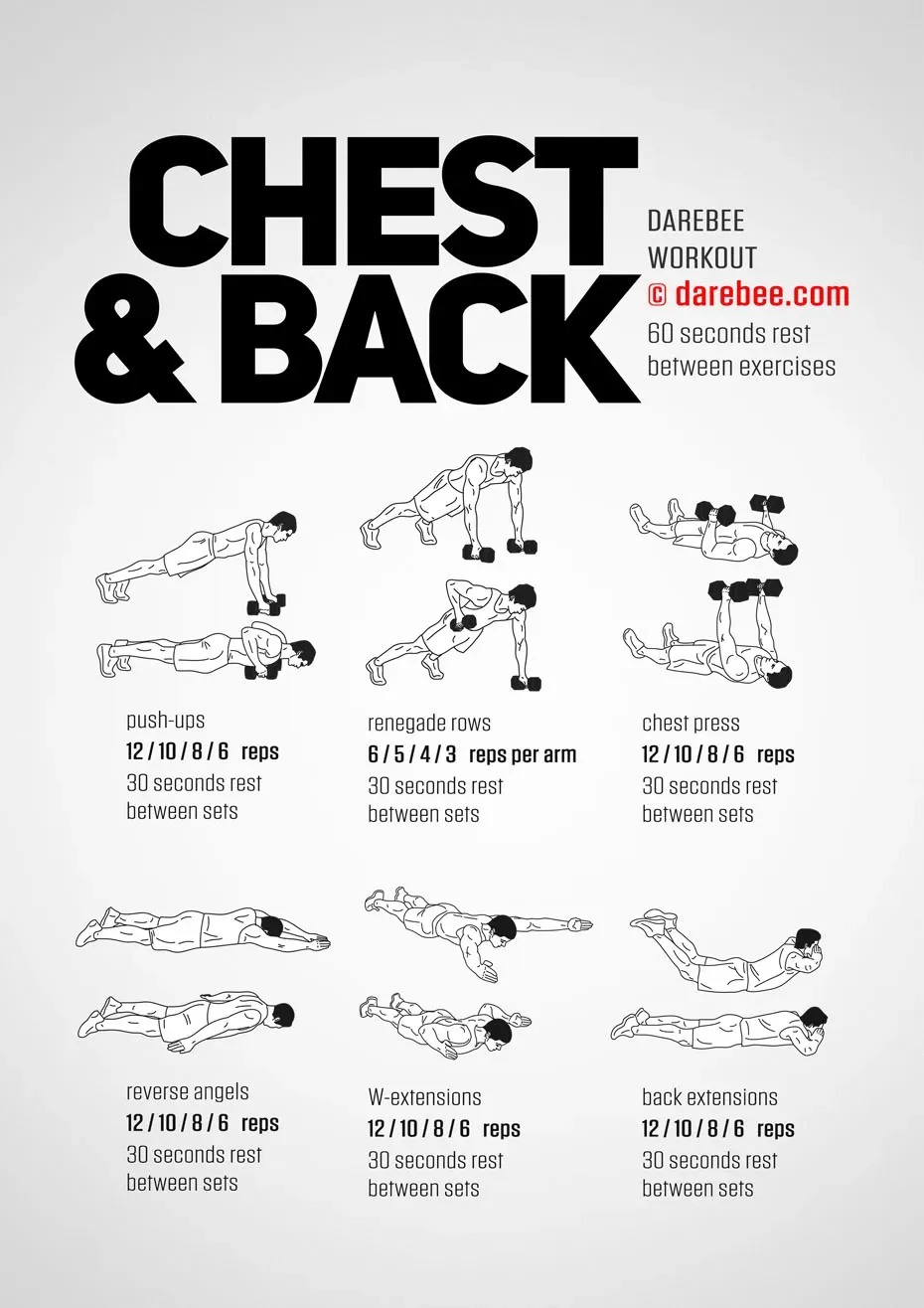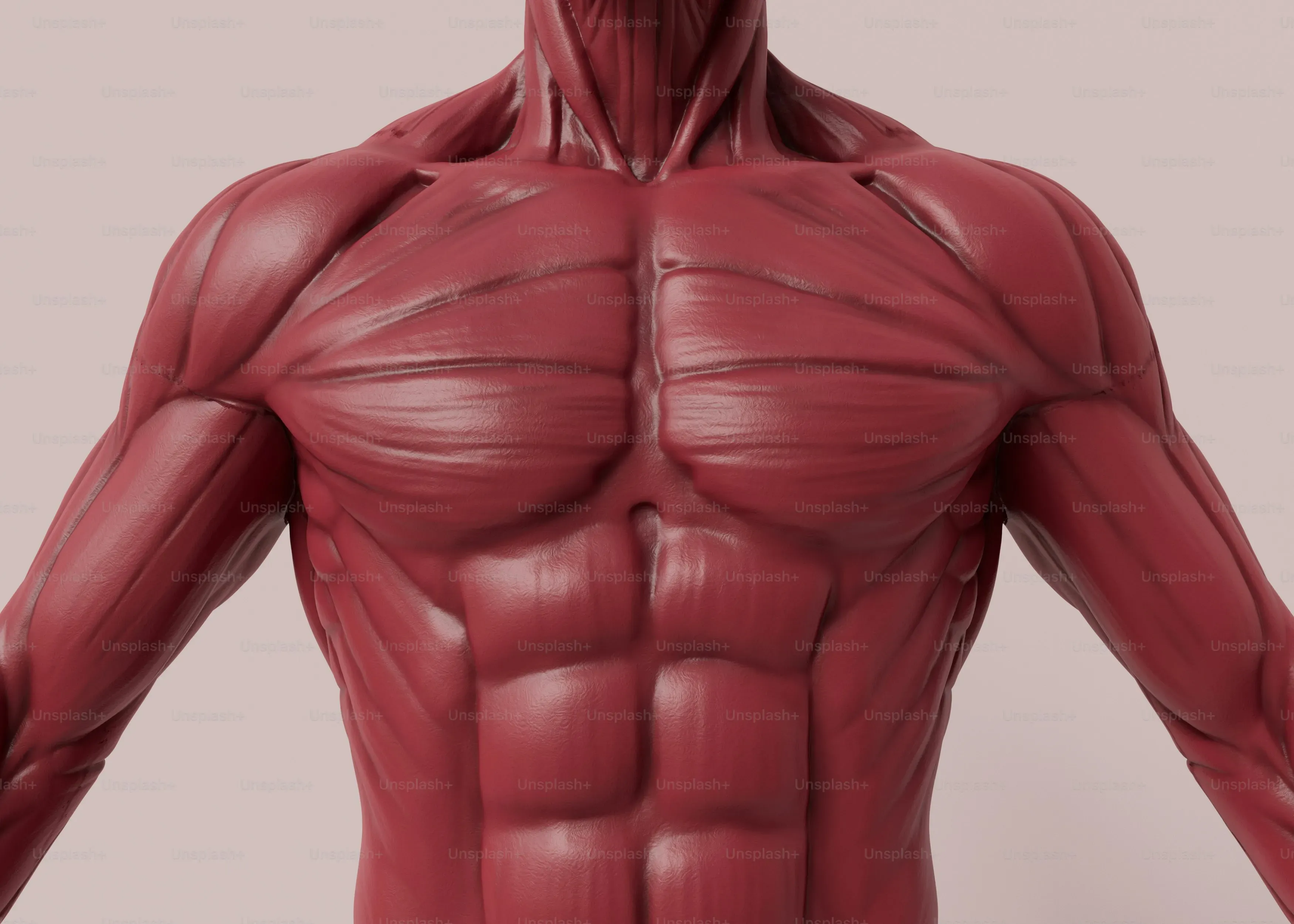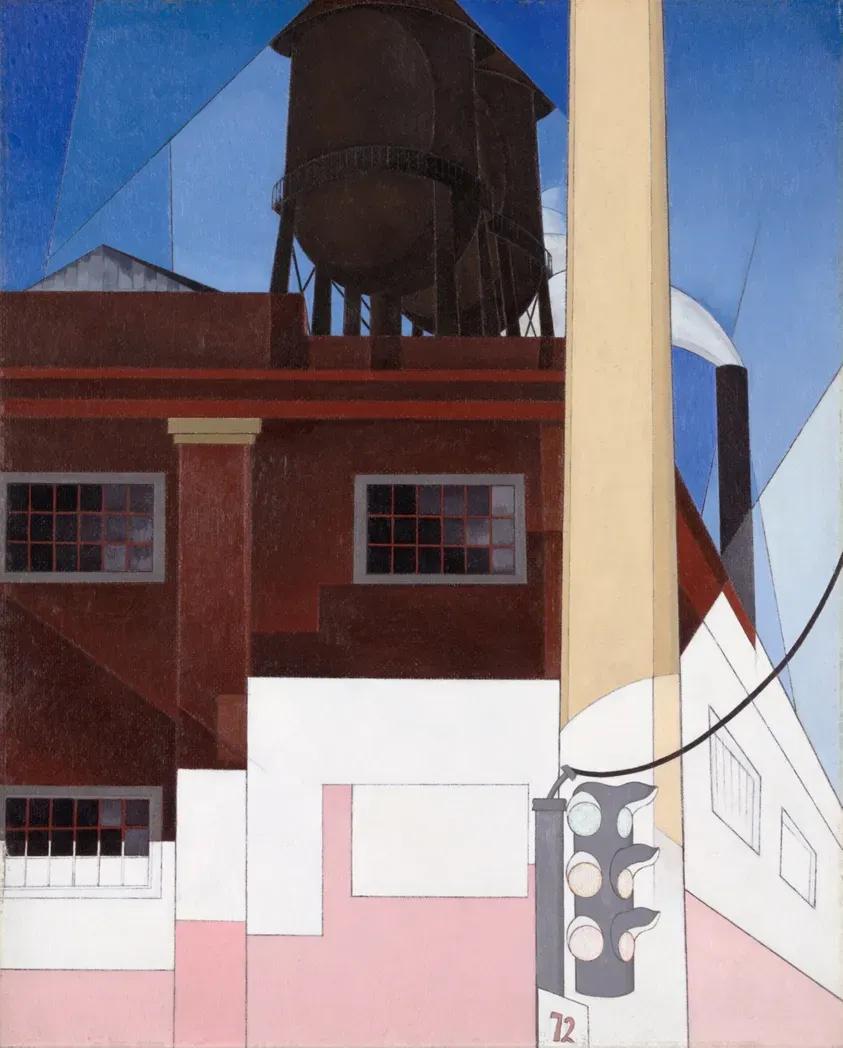Table of Contents
Staring at your living room, wondering how to build a solid upper body without stepping foot in a gym? You're not alone. Juggling work, life, and everything in between often leaves little time for commuting to a fitness center. But ditching the gym doesn't mean ditching your gains, especially when it comes to building a strong, balanced physique. That's where a focused back and chest at home workout comes in.
Why Train Back and Chest Together At Home?

Why Train Back and Chest Together At Home?
Smarter, Faster Training Sessions
let's talk strategy. Why bother combining pushing and pulling muscles like your chest and back into one session, especially when you're working out at home? Simple: it's incredibly efficient. Think about it – while your chest is resting after a set of push-ups, your back muscles can get to work pulling. Then, while your back takes a breather after rows, your chest is ready to push again. This allows you to move through your workout faster, getting more work done in less time. It's the classic agonist-antagonist superset approach, and it works just as well, if not better, when you're limited on equipment and space.
This style of training pumps blood flow to the entire upper body, giving you a solid "pump" sensation, which some folks find motivating. Beyond that, it encourages muscle balance. You’re hitting opposite muscle groups with equal intensity, which is crucial for posture and preventing imbalances that can lead to aches and pains down the road. Nobody wants to be chest-dominant with weak, rounded shoulders because they neglected their back. Training them together helps ensure you're building strength symmetrically.
Maximizing Limited Home Resources
Beyond just saving time, training back and chest together is a smart move for a back and chest at home workout because it makes the most of whatever gear you've got. Maybe you only have a set of dumbbells, a resistance band, or just your bodyweight and a sturdy table or chair. Focusing on these two major muscle groups in one go lets you cycle through exercises, keeping the intensity high without needing a full rack of weights or fancy machines. You can transition quickly from a push-up variation to an inverted row under a table, for example. This keeps your heart rate up and your workout dynamic.
Plus, it simplifies your weekly schedule. Instead of dedicating separate days to chest and back, you can knock them out together, freeing up other days for legs, shoulders, arms, or recovery. This is particularly helpful if you're short on time or prefer fewer, more intense workout days. It’s about being resourceful and strategic with your home gym setup, turning constraints into advantages.
- Saves Time: Get more work done in a shorter period.
- Improves Muscle Balance: Works opposing muscle groups equally.
- Increases Blood Flow: Enhances the "pump" sensation.
- Efficient for Home Gyms: Makes the most of limited equipment.
- Simplifies Scheduling: Combines two major muscle groups into one session.
Crafting Your Back and Chest At Home Workout Plan

Crafting Your Back and Chest At Home Workout Plan
Starting with What You've Got
Alright, so you're sold on the idea of a back and chest at home workout. Great. Now, how do you actually build one that works? First things first, take stock of your battlefield, which is likely your living room, garage, or maybe a quiet corner. What equipment is staring back at you? Bodyweight? Fantastic, that's plenty to start. Maybe you've got some dumbbells gathering dust, a resistance band from that one fitness phase, or even just a sturdy table or chair you can trust your weight on. Don't overthink it. The best plan starts with the reality of your situation, not some idealized home gym setup you saw on Instagram.
Your goals matter too. Are you chasing muscle size (hypertrophy), pure strength, or just trying to stay fit and maintain muscle? This dictates your approach to sets, reps, and exercise selection. Someone aiming for size might focus on slightly higher reps and chasing that pump, while a strength-seeker will look for exercises that allow progressive overload, even if it's just adding an extra rep or slowing down the movement. Knowing your resources and your objective is step one in crafting a back and chest at home workout that isn't just random movements, but a purposeful session.
Ask Yourself:
- What equipment do I realistically have access to right now?
- What's my main goal: Size, Strength, or General Fitness?
- How much time can I commit to each session?
Picking Your Power Moves and Pairing Them Up
Once you know your tools and target, it's time to pick the exercises. For a solid back and chest at home workout, you need a mix of pushing and pulling movements. On the chest side, think push-up variations (elevated feet, decline, one-arm progression if you're a beast), dips between chairs, or dumbbell presses if you have them. For the back, inverted rows using a sturdy table or broomstick across two chairs are golden, resistance band rows, or even towel rows pulling against a doorframe can work in a pinch. The key is selecting exercises you can perform safely with good form.
Now, put them together. This is where the magic of the back and chest at home workout really shines. Pair a chest exercise with a back exercise. A set of push-ups followed immediately by a set of inverted rows. Rest briefly, then repeat. This superset structure keeps the intensity high and maximizes your time. You can do 3-4 supersets of each pair before moving to the next pair of exercises. It keeps things moving and ensures you're hitting both muscle groups effectively without standing around waiting.
Structuring Sets, Reps, and Progression
How many sets and reps should you do? For hypertrophy (muscle growth), aiming for 3-4 sets per exercise with 8-15 repetitions is a common sweet spot. If strength is the primary goal, and your chosen exercises allow for it (like weighted push-ups or more advanced variations), lower reps (4-8) with higher intensity are better. For general fitness, anywhere from 10-20 reps works fine. Listen to your body; the last couple of reps should feel challenging, but not compromise your form. Rest periods between supersets can be short, maybe 60-90 seconds, just enough to catch your breath before hitting the next pair.
Progression is crucial for continued results in your back and chest at home workout. You can't do the same thing forever and expect to keep getting stronger or bigger. Once an exercise feels easy for your target rep range, make it harder. Elevate your feet for push-ups, find a lower table for inverted rows to increase the angle, add a pause at the hardest part of the movement, increase reps, or reduce rest time. If you have dumbbells, simply increase the weight. Always seek to challenge yourself slightly more than the last time.
Key Exercises for Your Back and Chest At Home Workout

Key Exercises for Your Back and Chest At Home Workout
Your At-Home Arsenal: Pushes and Pulls
so you've got your space sorted and your goals in mind. Now, let's get down to the brass tacks: the actual movements that make up a killer back and chest at home workout. You don't need a fancy gym to hit these muscles hard. It's all about leveraging your bodyweight, maybe some household items, and getting creative. For chest, think about different push-up variations – hands wide, hands narrow (for more triceps and inner chest), elevated feet (makes it harder), or even decline push-ups off a sturdy low table or chair. These are fundamental pushing patterns that build serious strength. On the back side, inverted rows are king. Find a sturdy table you can hang under, or set up a broomstick or bar across two chairs or sturdy supports. Pulling your body up towards the table edge or bar works your lats and upper back effectively. Resistance bands, if you have them, open up options like band pull-aparts for rear delts and upper back or band rows.
- Push-up variations (Standard, Wide, Close-grip, Decline, Elevated Feet)
- Inverted Rows (Under a table, using a bar/broomstick)
- Dips (Between sturdy chairs or parallel bars if available)
- Resistance Band Rows
- Resistance Band Pull-Aparts
- Doorframe Rows (Using a towel and bodyweight)
Leveling Up Your AtHome Back and Chest Routine

Leveling Up Your AtHome Back and Chest Routine
Leveling Up Your AtHome Back and Chest Routine
So, you've been crushing those basic push-ups and inverted rows, and frankly, they're starting to feel less like a challenge and more like a warm-up. This is where many people hit a wall with their back and chest at home workout and think they need a gym membership to progress. Not true. Progression at home requires a bit more creativity than just stacking plates, but it's absolutely doable. You can manipulate variables beyond just adding weight. Think about slowing down the eccentric (lowering) phase of a push-up or row to build more time under tension. Add a pause at the bottom of a push-up or when your chest touches the table in an inverted row. Increase your repetitions, or even better, aim for more challenging exercise variations. Elevating your feet for push-ups immediately shifts more weight onto your upper body. Moving your feet closer to the table in an inverted row makes the pull significantly harder. These aren't groundbreaking secrets, just smart ways to keep your muscles guessing and growing without buying a squat rack for your living room.
Making Your At-Home Gains Stick
Building a strong upper body doesn't require a fancy gym membership or a basement full of equipment. As we've covered, a targeted back and chest at home workout is entirely feasible and surprisingly effective when approached correctly. It's about smart exercise selection, proper form, and consistent effort, not about recreating a commercial gym environment in your living room. You've got the tools – your bodyweight, maybe some basic gear – and the knowledge to put in the work. Stop making excuses and start lifting... or pulling, or pushing. The results come from putting in the time, wherever you are.
